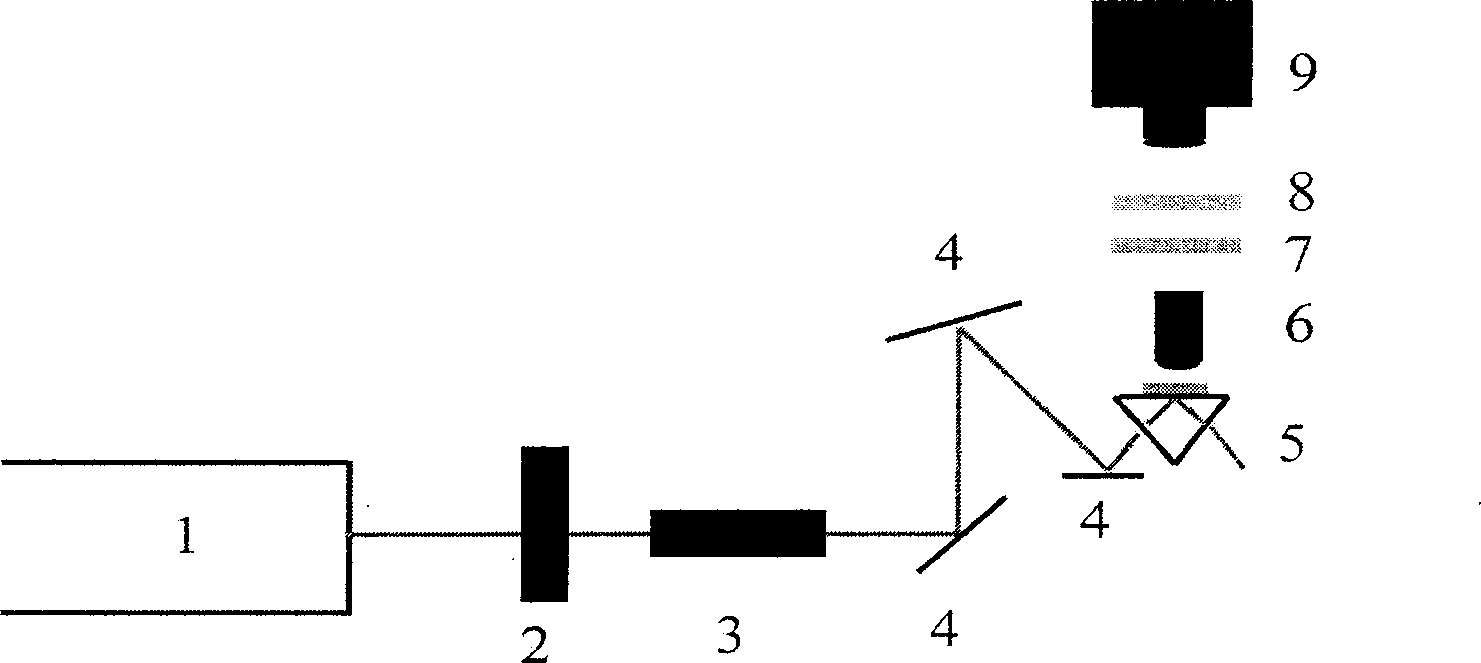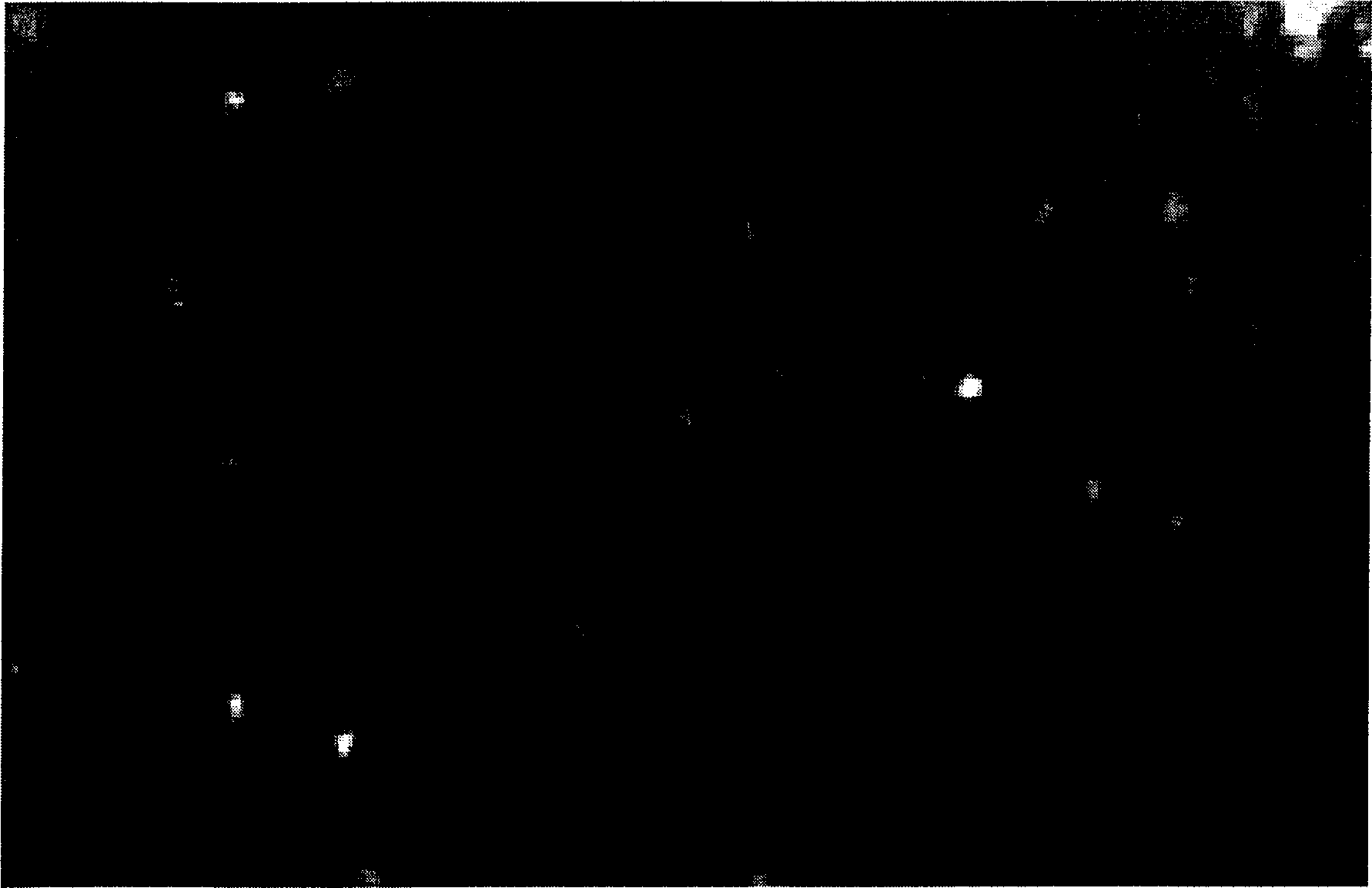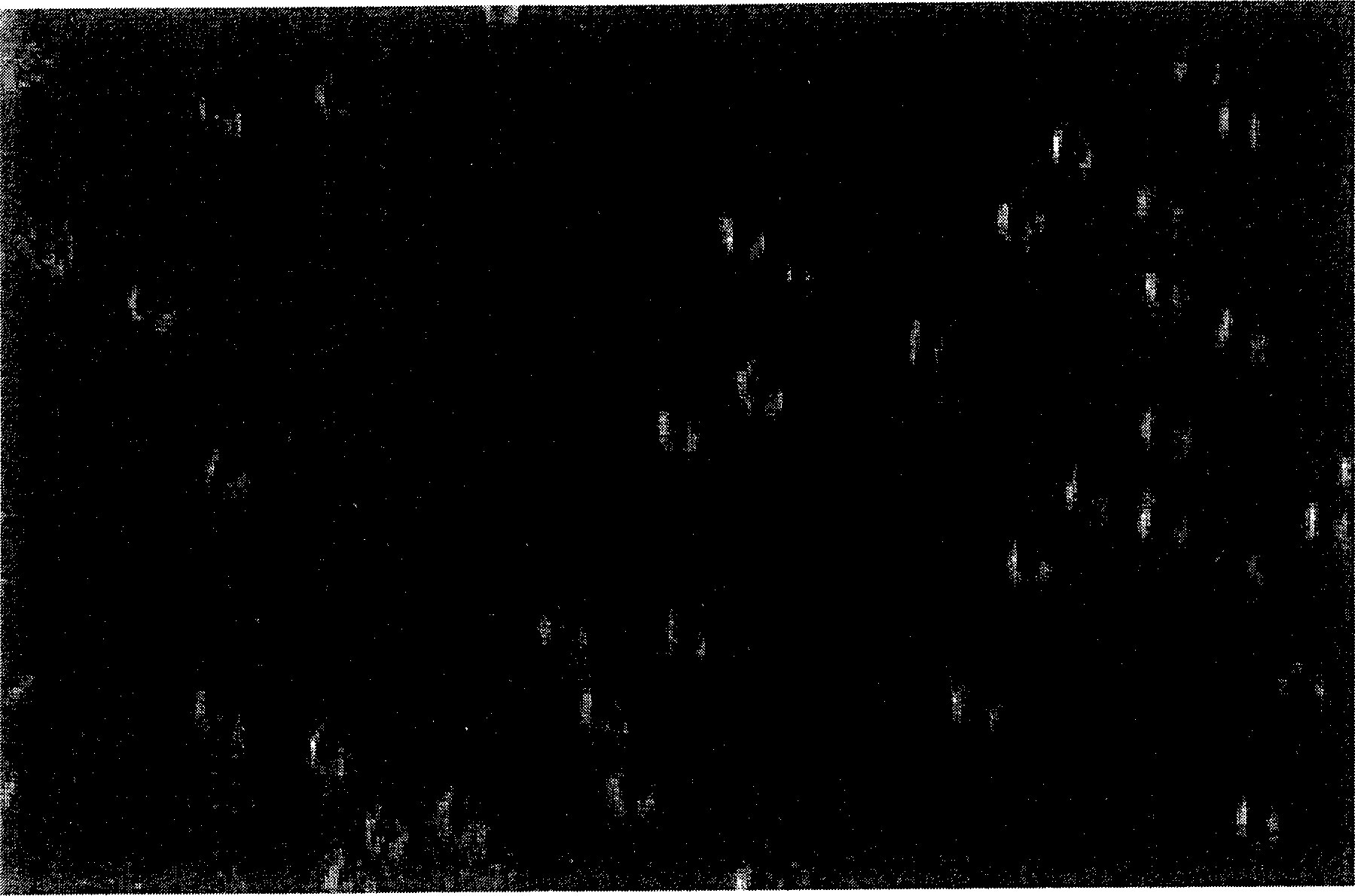Cell imaging method based on laser induced fluorescence
A laser-induced fluorescence and cell imaging technology, which is applied in fluorescence/phosphorescence, material excitation analysis, etc., can solve the problems of weak signal detection difficulties, insufficient concentration of excitation light source energy, and non-single spectral lines of mercury lamps, etc.
- Summary
- Abstract
- Description
- Claims
- Application Information
AI Technical Summary
Problems solved by technology
Method used
Image
Examples
Embodiment 1
[0024] Example 1 (Dye Influx Cell Assay)
[0025] The subcultured suspension cells were transferred to centrifuge tubes, washed twice with phosphate buffer, and then the centrifuged cells were diluted with phosphate buffer supplemented with Rho123 (13.1 pM). Incubate the cell solution in a 37°C incubator for a certain period of time. After centrifugation, wash twice with phosphate buffer containing transporter inhibitors. Make the cell concentration at 10 5 Amounts / ml or so, as a sample for fluorescence imaging.
[0026] With reference to the position of the cell in the optical photo, the luminescence intensity values of 10 pixels are taken from each cell in the fluorescence photo, and the sum is used as the luminescence intensity of the cell at this position. Take more than 10 cells in each fluorescence photo to calculate the average luminescence intensity.
[0027] Sensitive cells (S, cell line with low rhodamine transporter expression) and drug-resistant cells (A, cel...
Embodiment 2
[0028] Example 2 (dynamic observation of the process of sugar molecules entering plant cells)
[0029] Take 10uL of cultured plant cell fluid (the cell concentration is 10 5 1 / ml or so, as a sample substrate for fluorescence imaging), drop it on the prism, add 1uL of pre-labeled oligosaccharides with dyes, open the shutter only during the exposure time of the monitor, and record a frame of cell fluorescence photos every 10 seconds ( See Figure 4 ).
[0030] Figure 4 The middle photos 1 and 2 are the first 20 seconds of photos, and the plant cells are relatively blurred. After 30 seconds, the local fluorescence intensity of individual cells increased. With further increase in time, the entire cell fluoresces (see Figure 4 in photo 9). This process shows the dynamics of the entry of sugar molecules into plant cells.
PUM
 Login to View More
Login to View More Abstract
Description
Claims
Application Information
 Login to View More
Login to View More - R&D
- Intellectual Property
- Life Sciences
- Materials
- Tech Scout
- Unparalleled Data Quality
- Higher Quality Content
- 60% Fewer Hallucinations
Browse by: Latest US Patents, China's latest patents, Technical Efficacy Thesaurus, Application Domain, Technology Topic, Popular Technical Reports.
© 2025 PatSnap. All rights reserved.Legal|Privacy policy|Modern Slavery Act Transparency Statement|Sitemap|About US| Contact US: help@patsnap.com



